The Sierras de Tejeda, Almijara and Alhama Natural Park borders the provinces of Malaga and Granada and its western part is known as Axarquia
By Nick Nutter | Updated 22 Sep 2022 | Málaga | Parks |
Login to add to YOUR Favourites or Read Later
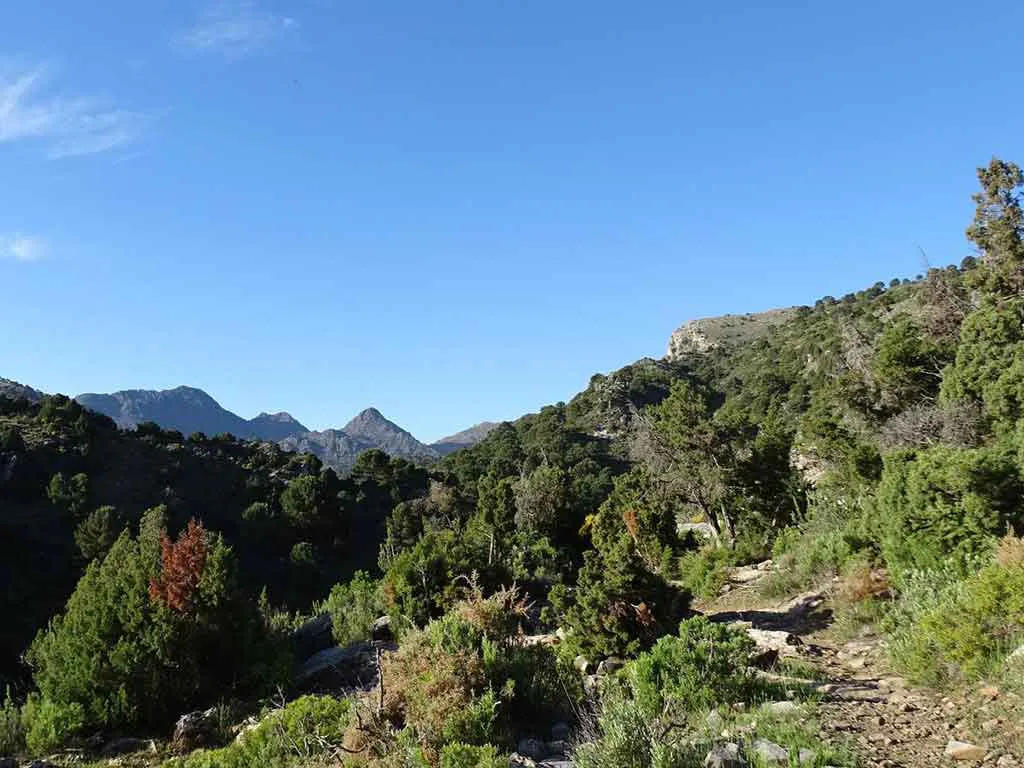
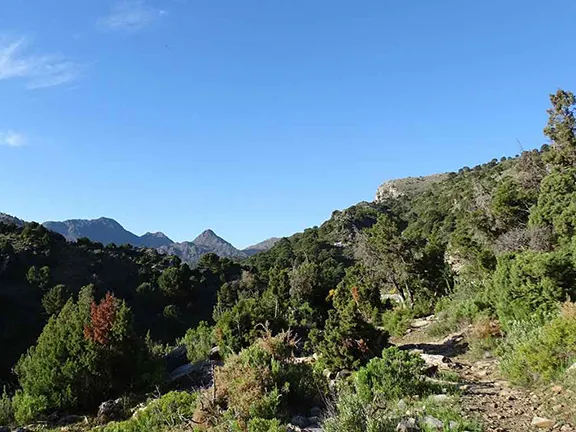
Sierras de Tejeda, Almijara and Alhama Parque Natural
The Sierras de Tejeda, Almijara and Alhama Natural Park is one of the most remote areas in Andalucia. It borders the provinces of Málaga and Granada and its western part is known as Axarquia. Since time immemorial the area has been the lair of disaffected parts of the population, from Moriscos following the reconquest, to bandits and more recently anti-Franco guerrillas during the Spanish Civil War.
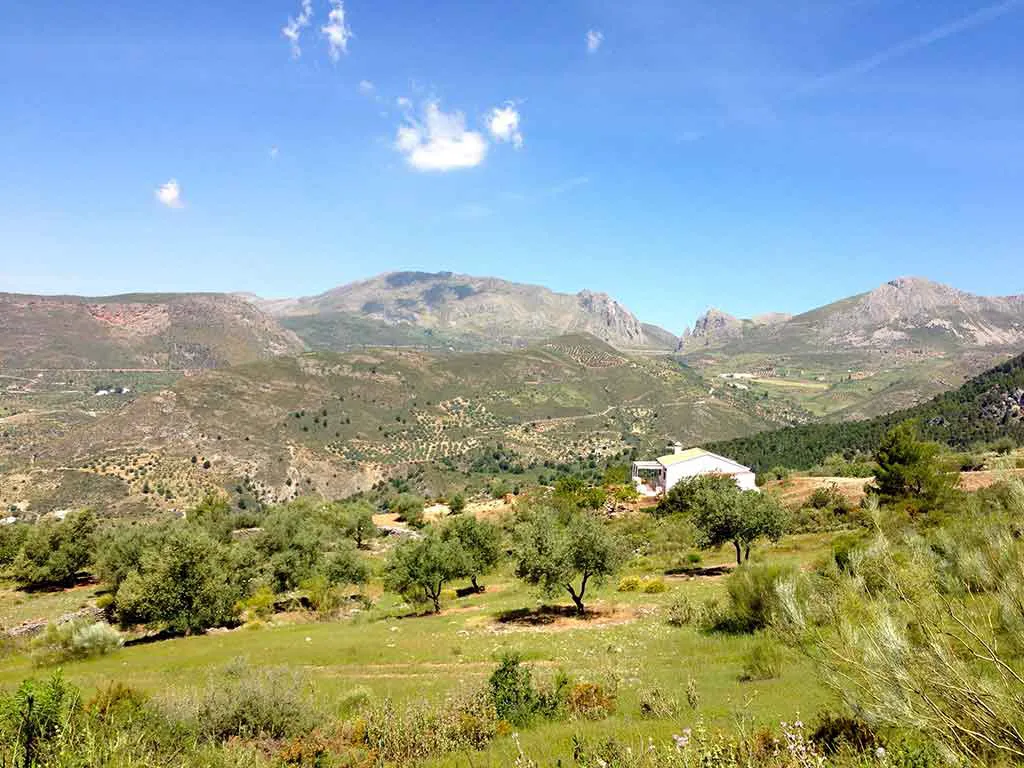
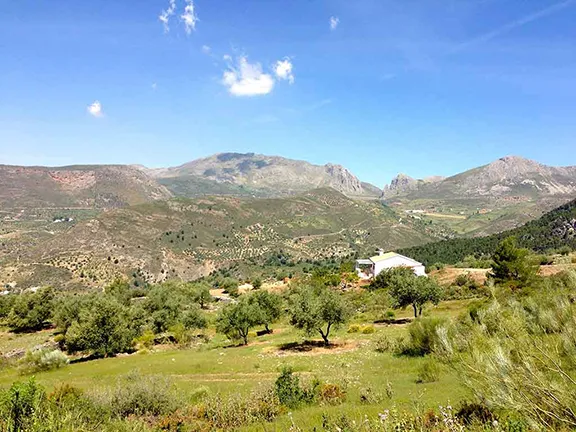
Sierras de Tejeda, Almijara and Alhama Parque Natural
The 40,000 hectares of the Sierras de Tejeda, Almijara and Alhama Parque Natural has a surprising array of geological features. Quartzite and gneiss outcrops are over 500 million years old, limestone in the Sierra Tejeda has eroded to produce a typical karstic landscape and the Sierra Almijara has some of the most important dolomitic marble in Spain. Sharp ridges are outlined against the blue sky and rainfall penetrating the ground has created a labyrinth of fissures, caverns and caves and potholes, including the famous Nerja and the Fájara Caves. At Zafarraya there is a magnificent depression or poljes, surrounded by mountains and caves, whilst in the Chillar river valley there is a spectacular ‘cahorros’ or ‘canjorros’, a very narrow canyon carved out of the rock.
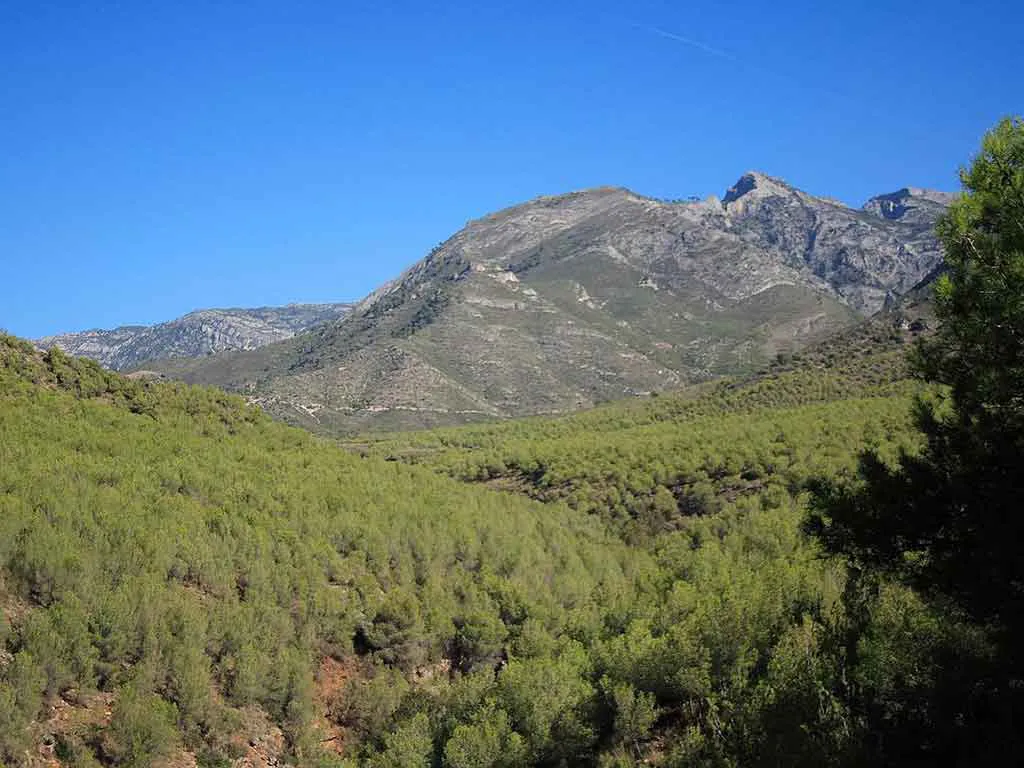
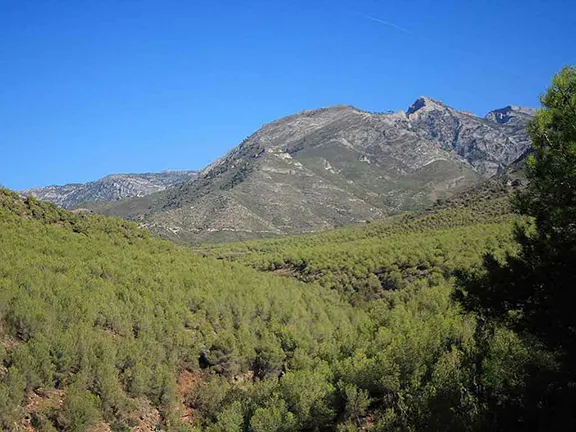
Sierras de Tejeda, Almijara and Alhama Parque Natural
On the western edge of the park, a string of attractive mountain villages dating to the al-Andalus period Frigiliana, Cómpeta, Canillas de Albaida, Salares, Sedella, Canillos de Aceituno and Alcaucín, mark the beginnings of ancient paths by which fish was transported from the coast inland, over the Axarquia, and then to the city of Granada. The whole area is a paradise for walkers with dozens of signposted walks starting from the villages or one of the many recreational areas, El Pinarillo Nerja in the south, El Alcazar in the north west, El Robledal in the north, and Fábrica de la Luz in the west. In fact, the only way to reach the centre of the park is via one of the walking trails.
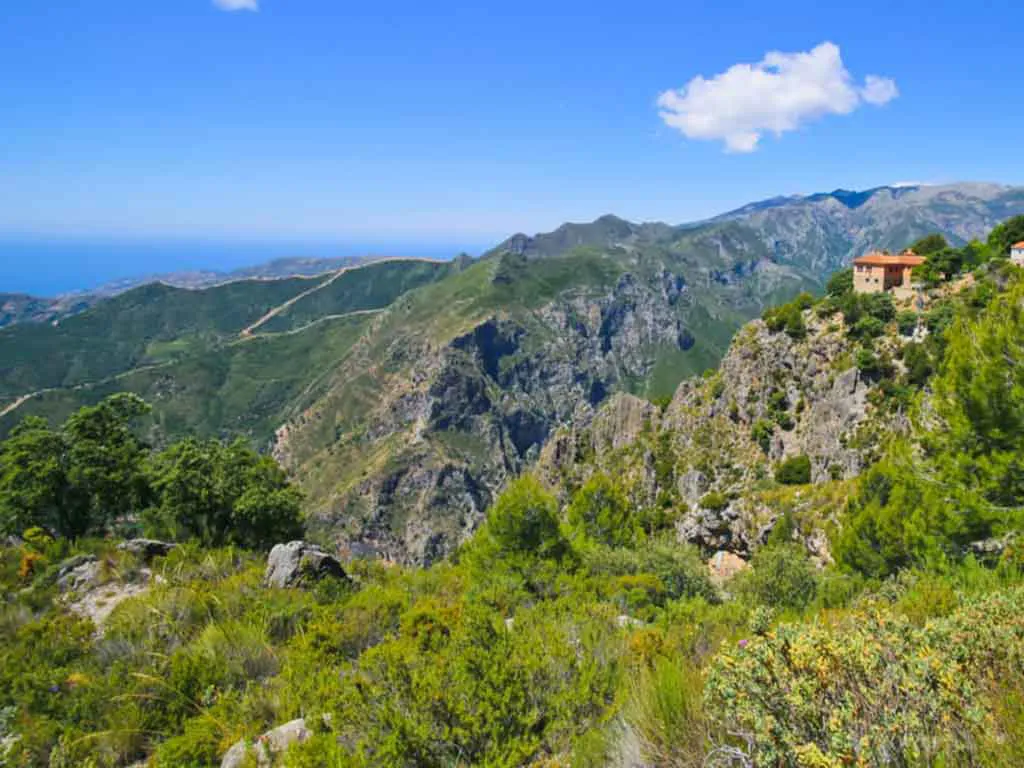
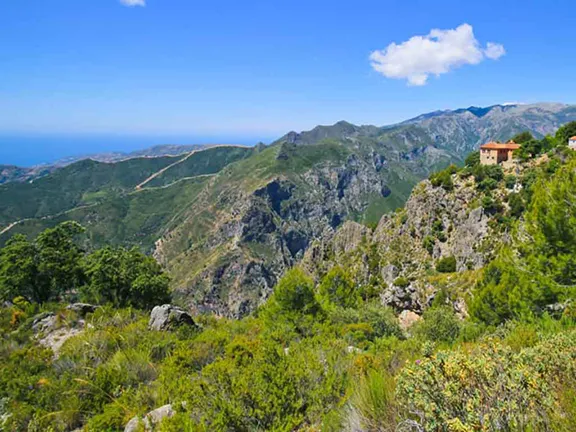
Sierras de Tejeda, Almijara and Alhama Parque Natural
The diversity of geology, the variations in height from 200 metres to over 2000 metres and the remoteness has allowed a huge range of plants and animals to flourish in the Sierras de Tejeda, Almijara and Alhama Parque Natural. Many are endemic or rare.
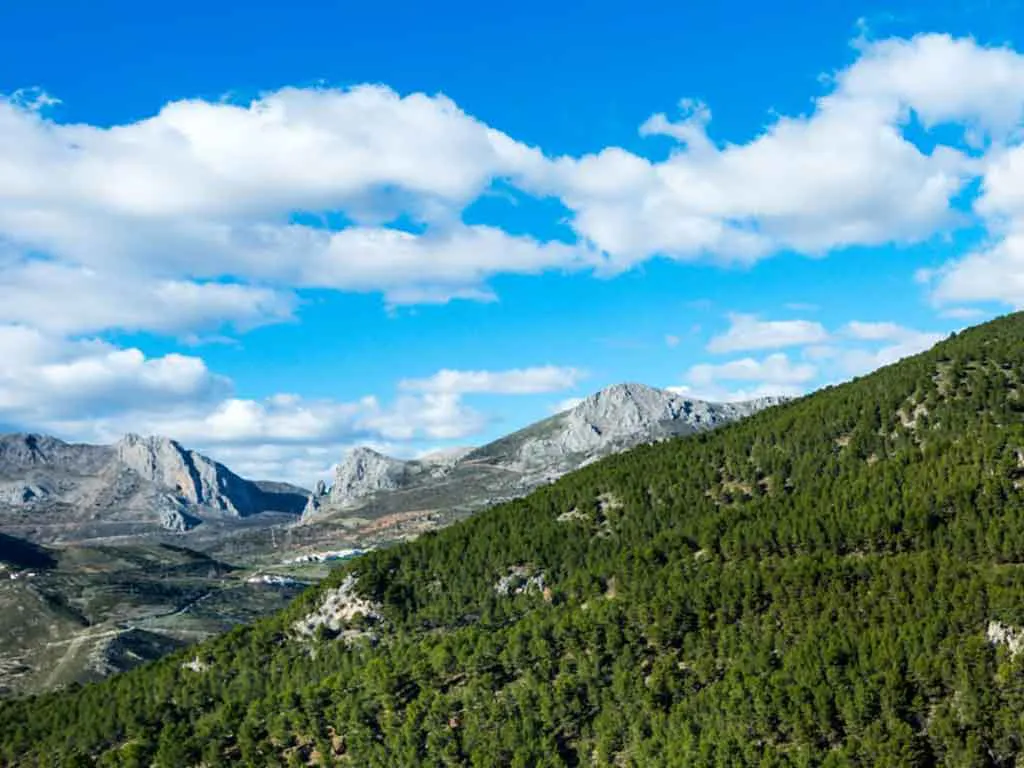
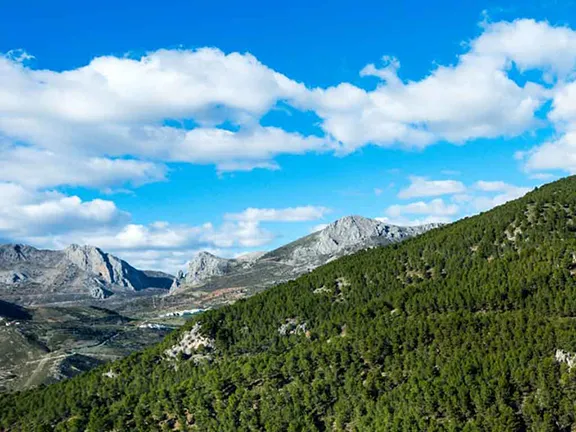
Sierras de Tejeda, Almijara and Alhama Parque Natural
The yew tree, tejo in Spanish, gave its name to one of the Sierras in this park, Tejeda. Once valued for its wood, ideal for making furniture and for its medicinal properties, most has now been grubbed out because it is toxic to cattle and sheep (and humans). However there are a few yew copses still surviving, the most southerly example of this species in the Iberian Peninsula. More common is an unusual olive called the olivillo, Phoenician juniper, joint pine, and boxwood. Mediterranean woodland flourishes on the higher slopes. Along with the common cork, holm and gall oaks, you will see Pyrenean oaks and juniper. There is a good range of native pine trees alongside the Allepo pine – largely there due to reforestation, including Corsican pine and maritime pines. Smaller trees and shrubs include a colourful array; broom, maples, buckthorn, mountain cherry and cotoneaster. Aromatics include sage, thyme, lemon thyme, oregano, rosemary, lavenders and savory. Endemic plants are too many to mention. Even a full list would be outdated within months as new varieties are discovered but look out for the fairy foxglove, kidney vetch and silenes.
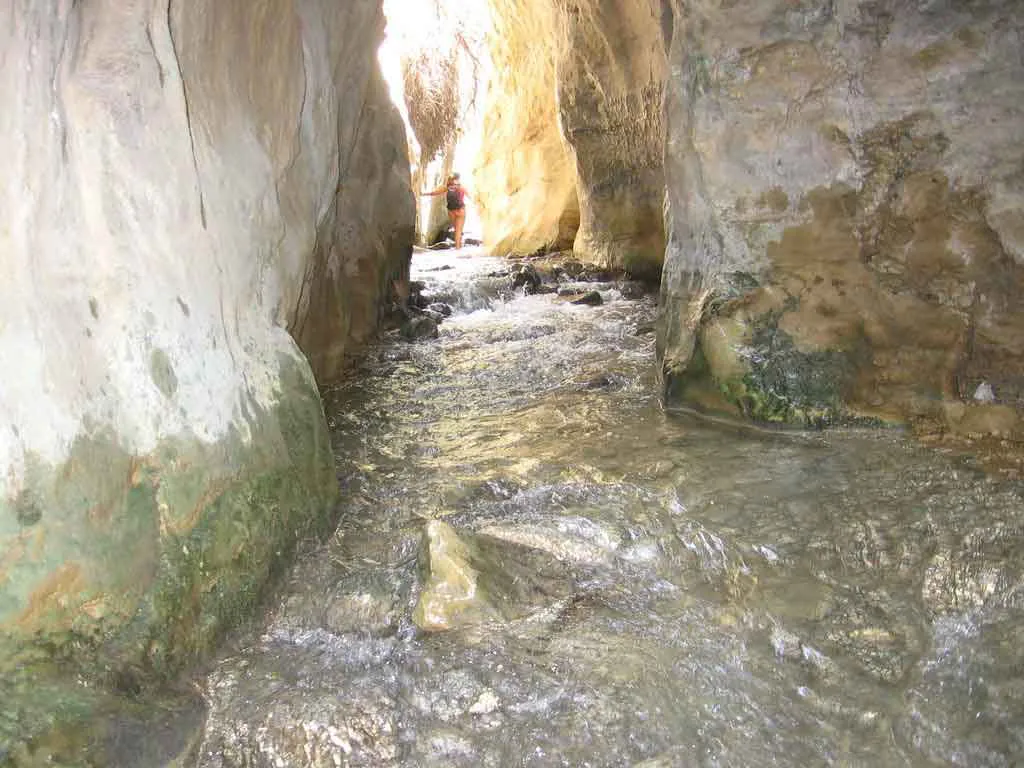
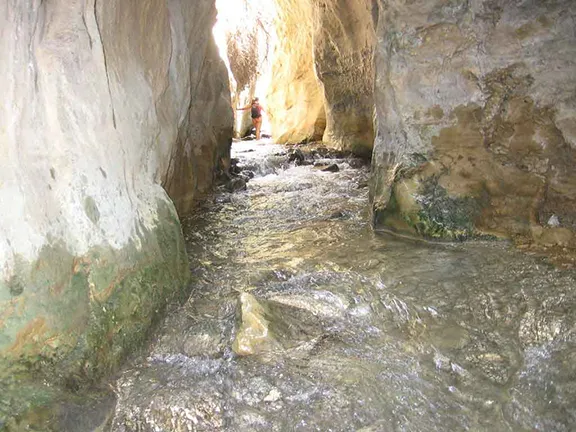
Sierras de Tejeda, Almijara and Alhama Parque Natural
Given the range of habitats, it is no surprise that there is a huge range of birds and animals. Golden eagles and Bonnelli’s eagle are both permanent residents whilst short toed and booted eagles are seasonal visitors. Nearly every other bird of prey found in Andalucia is also represented, apart from perhaps, the Imperial eagle. In the woods there are woodpeckers, golden orioles and nightingales. On the higher slopes you will see and hear crag martins, rock thrushes, including the blue rock thrush, and alpine accentors. Over the streams dippers and kingfishers provide flashes of colour.
Of the larger mammals, the Iberian ibex is predominant. There are over 2,000 of them in the park area, one of the largest populations in Spain. So important is the management of this species that part of the park has been designated a game reserve, the Tejeda y Almijara National Hunting Reserve.
The park is also home to an exclusive endemic species of frog, the Betic midwife toad. The frogs mate on land and the male carries the eggs on his hind legs until they reach tadpole stage when he finds a suitable patch of water for them.
An interesting aspect of the Sierras de Tejeda, Almijara and Alhama is that they form a bridge between the Sierra Nevada mountains and the mountains of Malaga and thence to the Campo de Gibraltar. This land bridge, largely unpopulated, allows plants and animals to migrate from one area to another. Sometimes this migration happens quite fast. The squirrel for instance took less than three years to move from one extreme, the Campo de Gibraltar, to the other, the high slopes of the Sierra Nevadas.